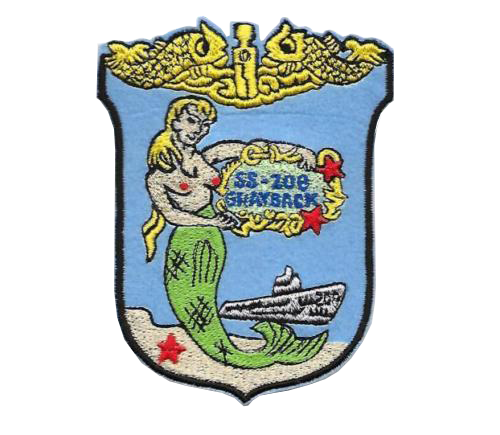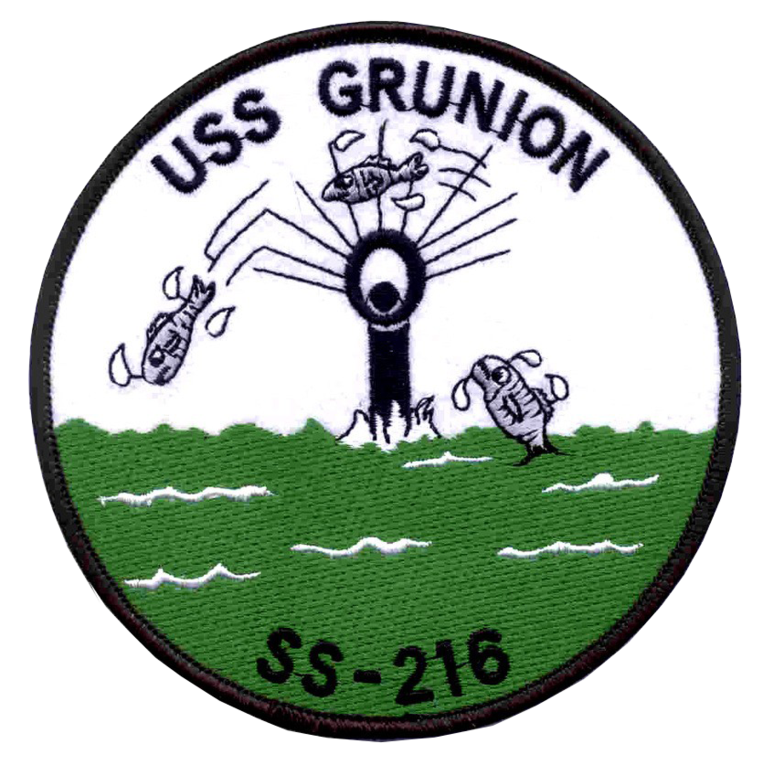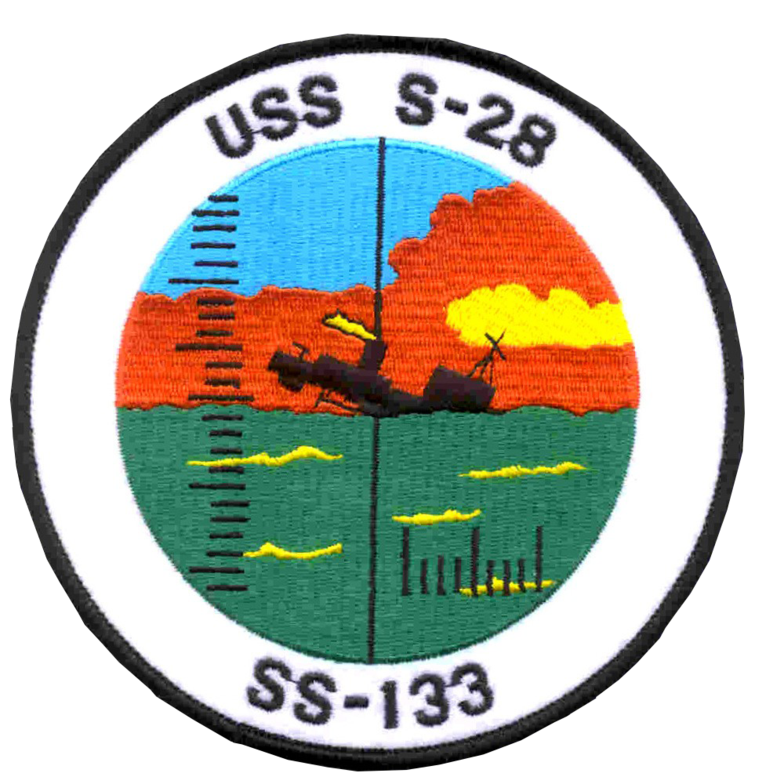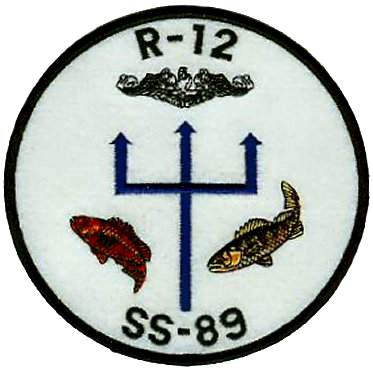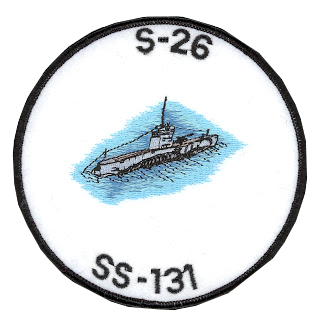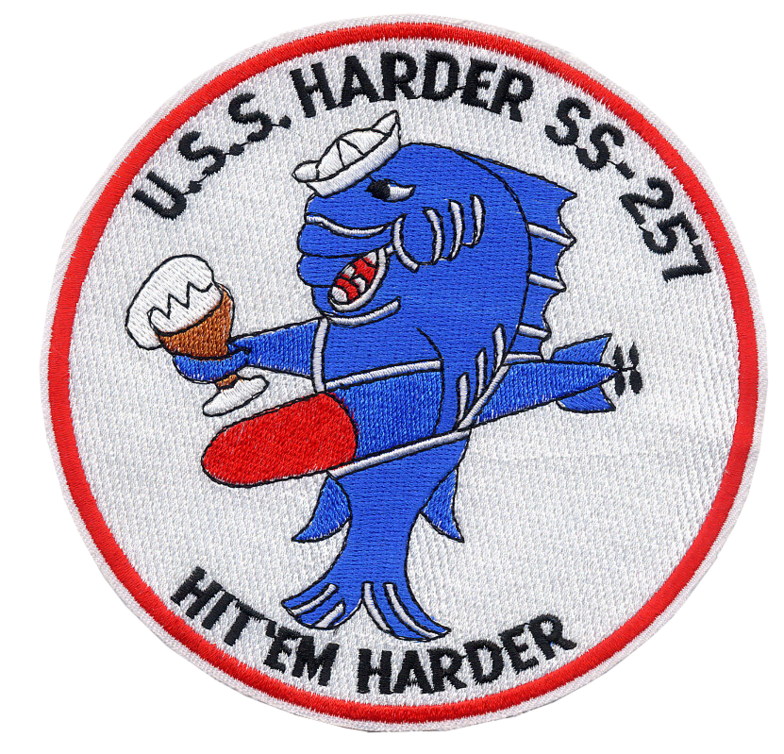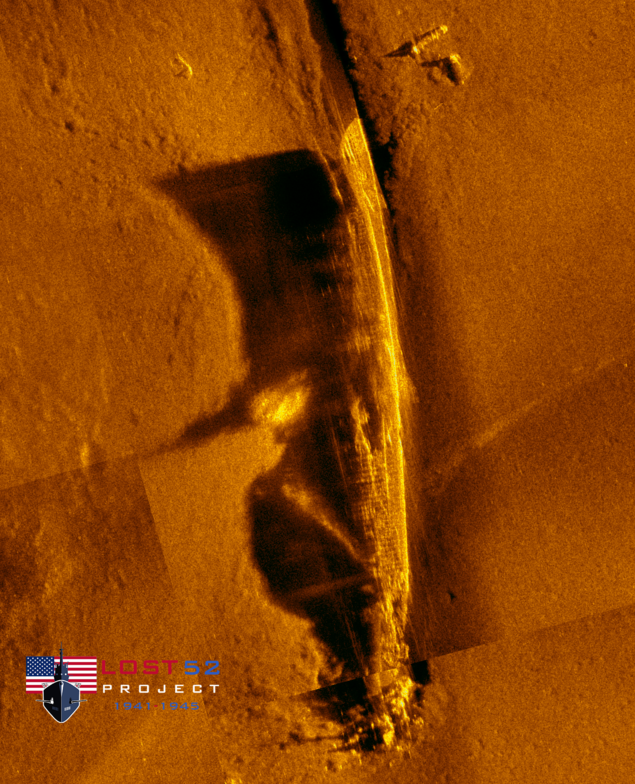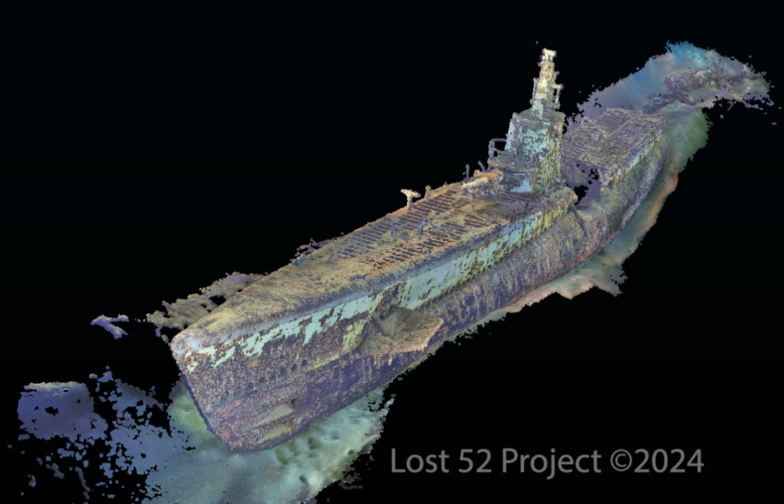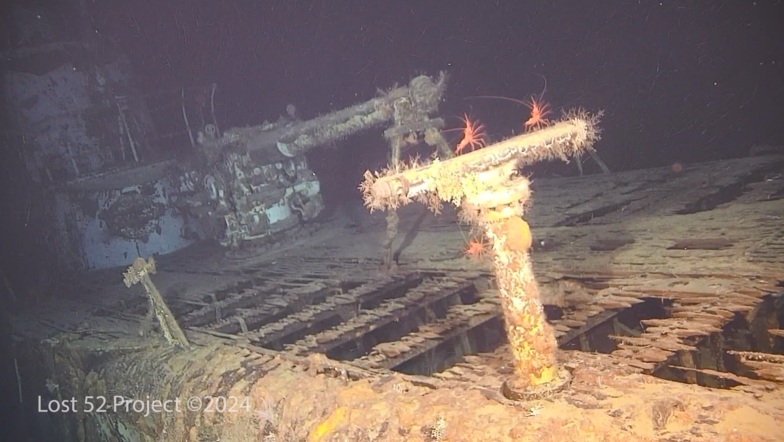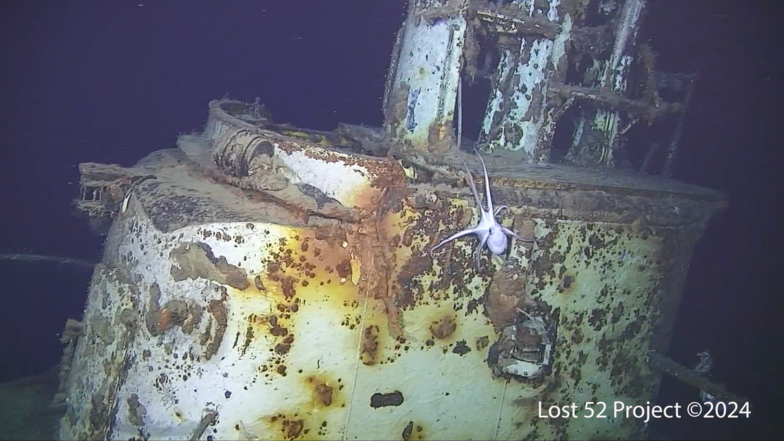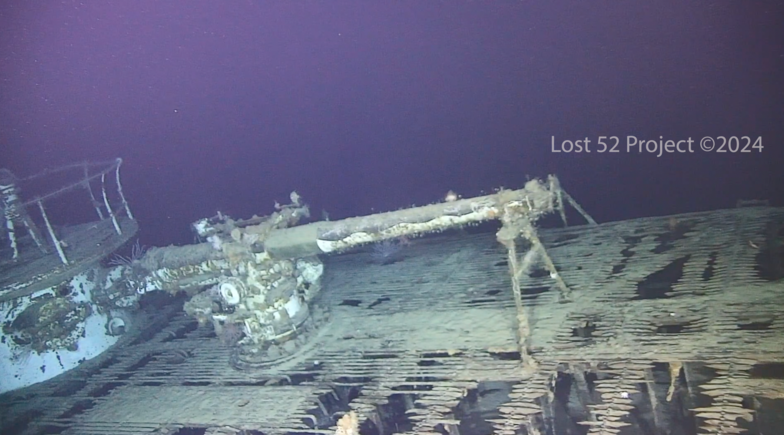Honoring the men, their memory, and their mission
DESTROYERS
Subscribe
USS Harder (SS-257)
USS Harder Deck Radar
USS Harder Conning Tower with Octopus
USS Harder Sonar Image
USS Harder Deck Gun
a 501(c)3 Ocean Outreach Project
Harder received her last shipyard overhaul at Mare Island in February, 1944. Fortunately she was well documented with photos. While it is possible that some minor changes were made between subsequent patrols, the configuration shown in these photos should be what will be found on the wreck site.
This shows a good broadside shot of her from port. She is configured with the Mod 3 conning tower fairwater and carries a 4”/50 caliber Mk 9 gun in the forward position.
This is an excellent photo of the forward end of the fairwater, taken from the port side. Her 4” gun is visible to the left, and the Mk 5 tripod-style mounts for the 20 mm guns can be seen on the forward and aft fairwater gun decks. Unusually, the 20 mm mounts retain the twin rectangular gun shields. Most boats with these guns beached the gun shields as being unnecessary, but apparently Harder’s crew wanted them. They can be seen is later photos taken while the Harder was on her fourth war patrol in April, 1944. Whether or not they retained the gun shields through her last patrol is not known, and it is possible that they were eliminated prior to that time. This photo also shows a non-watertight door has been added in the bridge fairwater, and a single ammunition storage locker has been added under the forward fairwater gun deck. Significantly though, it can be seen that, unlike all other Mod 3 configured boats the Harder has had her SJ radar moved to a position just aft of #2 periscope. The mast is slightly offset to starboard, as seen in the photo below
Harder (SS-257) departed Fremantle, Australia on August, 5, 1944 on her sixth and final war patrol. She was part of a five boat wolf-pack assigned to the South China Sea off Luzon, Philippines. She was commanded by the indomitable and resolute Commander Samuel D. Dealey, an aggressive and well-liked skipper with movie star good looks. Over the course of his command of the Harder, Dealey was awarded four Navy Crosses and eventually the Medal of Honor.
Late in the evening on August 23, 1944, Dealey and Harder rendezvoused with their sister boat Hake (SS-256) just outside of Dasol Bay on the west coast of Luzon, just south of Lingayan. The two boats conferred and came up with a plan of attack should any ships come out of the harbor. Before dawn on August 24 two ships were spotted which they initially identified as a Japanese minesweeper and the three-stack Siamese destroyer Phra Ruang. The two ships were later discovered to be the Japanese Type D escort ship CD-22 and the very unusual destroyer: PB-102 flying the Japanese flag. The latter was built in America and commissioned as USS Stewart (DD-224), a Clemson-class destroyer, but she was damaged by Japanese fire during the Battle of Badung Strait. While under repair in drydock at Surabaya in February 1942, the Japanese captured the airfield at Bali, thus threatening the naval base and so the ship was scuttled at the docks early in World War II. The Japanese Navy discovered the wreck, and raised, repaired, and recommissioned it into Japanese service in 1943 as Patrol Boat 102.
As Hake closed to attack, the destroyer turned away toward Dasol Bay. Hake broke off her approach, turned northward, and then sighted Harder's periscope about 600–700 yards (550–640 m) dead ahead. Swinging southward to avoid collision, Hake then sighted CD-22 about 2,000 yards (1,800 m) off her port quarter swinging toward them. To escape the charging escort, Hake started deep and rigged for silent running. At 07:28 she heard 15 rapid depth charges explode in the distance astern. She continued evasive action that morning, then returned to the general area of the attack shortly after noon. She swept the area at periscope depth but found only a ring of marker buoys covering a radius of one-half mile.
The vigorous depth charge attack had sunk the Harder with all hands. The Japanese report of the attack concluded that "much oil, wood chips, and cork floated in the vicinity." The United States Navy declared her lost January 2, 1945.
Thus, according to the above account, on August 24, 1944, sometime after 0728 hours, Harder was sunk by a depth-charge attack from Japanese escort vessel CD-22 in Dasol Bay, on the west coast of Luzon Island. All hands went down with her. According to the U. S. Navy, the fatal attack occurred at the geographic position 15°-50' N, 119°-43' E, which is designated by the orange marker in the chart below.
Dubbed "Hit 'Em Harder," she had wreaked havoc among Japanese shipping. Her record of aggressive daring exploits became almost legendary. All six of her patrols were designated successful and she received six battle stars and the Presidential Unit Citation for World War II service.
Dealey’s death and the loss of the Harder intensified a debate within the submarine service about the cumulative effects of stress and fatigue amongst the submarine crews. Dealey had performed six war patrols over a period of just 18 months and apart from a short refit in California between the 3rd and 4th patrols he had no rest from combat. All of Harder’s patrols had been supremely aggressive with dozens of engagements with the enemy. Noted historian Clay Blair has stated that Dealey made one patrol too many, and should have been sent back to the states for a rest period before the 6th patrol. Unfortunately, we will never know for sure. In the end Dealey became a revered figure amongst submariners and he and his fighting crew will never be forgotten.
This is the only known circumstance in which a Gato-class submarine has had her SJ radar arranged in this fashion, making the Harder unique. Most of the Salmon/Sargo-class boats had their radar offset to starboard (although slightly further forward), but Harder is the only Gato with this modification. Should the SJ mast be intact on the wreck, it will be the key feature in positively identifying the wreck.
